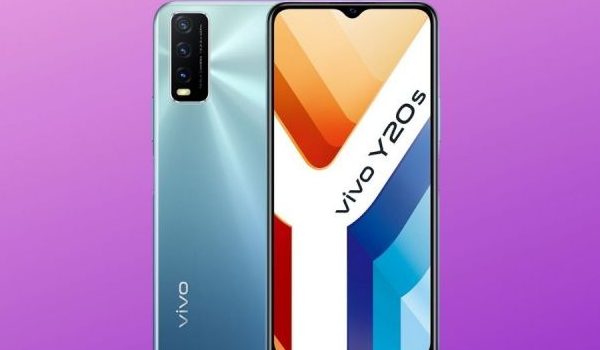The mid-range portion of the market is one that has blessed us with some of the most popular devices this year. This portion offers smartphones with great specs and solid builds at a reasonable price, and today, we bring two of its exponents face-to-face in this match-up. The Vivo Y20s was launched in October, and is one of the newest devices from the Chinese company, while its competitor, the Galaxy A21s, launched in May. We start our comparison by zooming in on the features and specifications of both devices in a brief moment, while we also bring you the more pronounced differences between these devices. As is our custom, our first destination will be the specifications of both smartphones in a side-by-side manner.
Vivo Y20s vs Samsung Galaxy A21s Comparison Table
Here, we take a closer look at what both smartphones really have to offer us.
Vivo Y20s vs Samsung Galaxy A21s: Where The Y20s Has The Edge
The Y20s offers more onboard storage (with up to 128GB of memory) than its rival, letting users store more information on this mobile device. It also brings an Android OS with a fresher UI than its rival, bringing with it some of the latest features available presently.
Its got a higher RAM variant (with an 8GB variant that sells for ₦86,000) making multitasking easier with this smartphone. It also features a slightly larger screen than its rival, while bearing the same display resolution. The Y20s supports high data transfer speeds (4G connectivity) and has a massive 5,000mAh battery that charges faster than the A21s.
Vivo Y20s vs Samsung Galaxy A21s: Where The A21s Has The Edge
The A21s is slightly cheaper than its mid-range rival, with its 4GB variant costing a few thousand nairas less than the 8GB variant of the Y20s. It also brings a better performing chipset to the fore, with the Exynos 850 taking care of business under the hood. In the optics department, the A21s offers more cameras than its rival, with better-looking numbers all-round. However, this is really no way to tell that this smartphone offers a better photography experience than the Y20s. It offers more external storage than the Y20s, while sharing a number of other features like battery rating, and ability to support 4G connectivity with its rival.
Vivo Y20s vs Samsung Galaxy A21s: Which Of These Devices Should You Go With?
Today, we have brought up two very similar-looking devices in this Vivo Y20s vs Samsung Galaxy A21s match-up. Now, the most important question is… which of these mid-range smartphones should you go for? The Y20s shares a number of specs with the A21s, with both devices offering similar display sizes and bringing 4G technology to the table. The Y20s brings a slightly newer software with a fresher UI to the table, as it also provides more onboard storage than the A21s and has a strong battery to support its specs. It brings more RAM to the fore, with an 8GB variant that costs a bit more than the A21s’ 4GB and 6GB variants. However, this difference in price is rather small (about ₦2,000 price difference for the A21s 4GB RAM variant and about ₦1,000 for its 6GB RAM variant) and may not be so much of an issue for users who may prefer the Y20s. The A21s is slightly cheaper than the Y20s, but offers great specs, more external storage and a seemingly better camera setup. Under the hood, it has the Exynos 850 with faster processing speeds than the Y20’s Snapdragon 460. After a hotly contested match-up, the Galaxy A21s slightly gains the edge over its rival. Although it brings less RAM to the table than its rival, it has a better processor under its hood, while also wielding solid specs, an Android 10 OS and a durable battery to support these specs. It also offers awesome value for the money and is a great pick for a mid-range smartphone on any given day. You are reading Mobility Arena, the essential guide for mobile phone users around the world. Be sure to check out our homepage for all the latest news and resources. To be notified of the most important articles and the best smartphone deals, join our WhatsApp Group and follow us on Instagram, Facebook, Twitter, and YouTube. Don’t know where to start? Check out our reviews.

